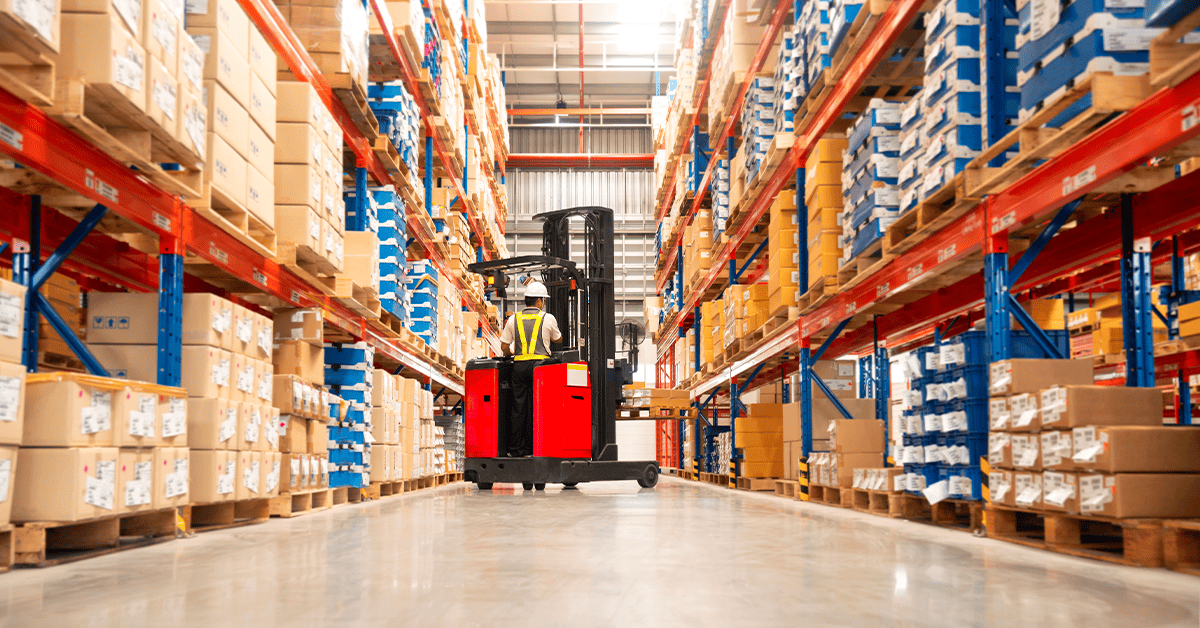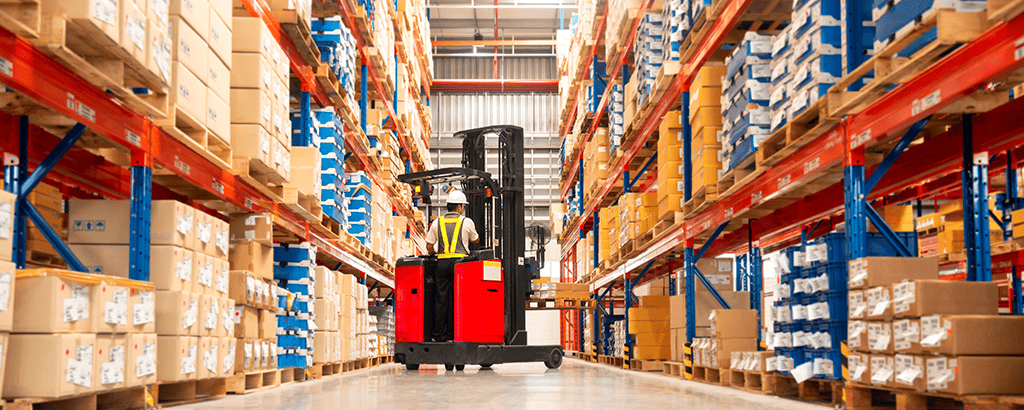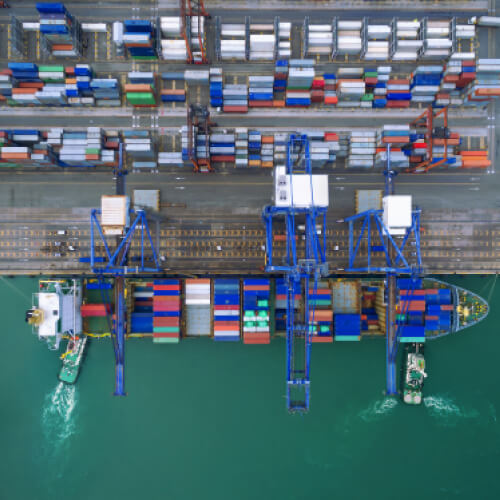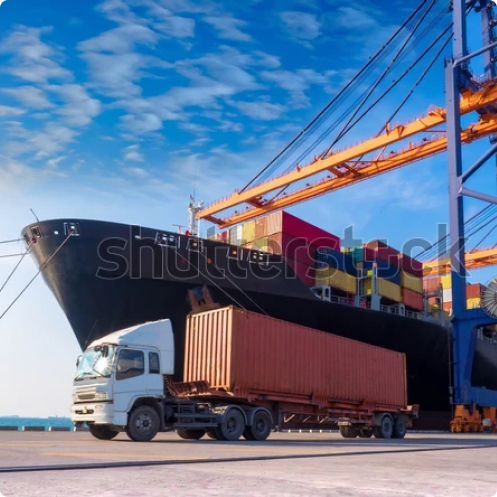In today’s supply chain, more and more companies rely on logistics hubs to optimize distribution processes, reduce delivery times, and respond efficiently to the needs of the global market. But what is a logistics hub and why has it taken on such a central role in integrated logistics?
This article by Savino Del Bene explores in detail the meaning of a logistics hub, its features, how it works, and the advantages it can offer to companies operating internationally.
What is a logistics hub? Definition
A logistics hub can be defined as a strategic, physical, and organizational infrastructure where activities such as receiving, sorting, storing, and redistributing goods are concentrated. The term “hub” refers to the idea of a central node or connection point: a place through which goods transit before reaching their final destination.
But the meaning of logistics hub goes beyond a warehouse: it is an intermodal center capable of integrating road, rail, maritime, and air transport, fostering connections between suppliers, manufacturers, distributors, and customers. In this sense, the definition of logistics hub includes both the physical dimension (space and facilities) and the operational and management side.
Key characteristics of a logistics hub
A logistics hub differs from a simple warehouse for several fundamental features:
- Strategic location: usually situated near ports, airports, rail or highway junctions;
- Intermodal capacity: ability to handle different modes of transport and facilitate international transit;
- Advanced technologies: use of WMS (Warehouse Management System), automation, RFID and digital tools for tracking goods;
Use of TMS and all hub safety equipment - Large spaces: extensive warehouses for storage and fast sorting of products;
- Operational flexibility: ability to adapt to different types of goods, including perishables or hazardous materials;
- Value-added services: picking, packaging, labeling, kitting, customization, branding, and customs management.
These features of logistics hubs ensure a constant and optimized flow of goods throughout the supply chain.
How a logistics hub works: the different stages
The operation of a logistics hub unfolds in several interconnected stages, each of which contributes to overall efficiency. Here are the main phases in detail:
Receiving goods
Shipments from suppliers or production centers arrive at the hub via different transport modes. At this stage, they are registered and checked through digital systems to ensure traceability.
Sorting and storage
Once registered, goods are sorted according to their destination, type, or priority. They may be temporarily stored in warehouses, with solutions suited to different products: from refrigerated units for food and pharmaceuticals, to secure areas for hazardous materials.
Order preparation
Through picking and consolidation processes, items are retrieved and prepared for shipping. This phase often involves automation and management software that reduce time and costs.
Shipping to final destination
Goods are loaded onto the appropriate transport modes and sent to their final destination, whether a local distribution center, retail outlet, or directly the customer.
Monitoring and traceability
Throughout all stages, digital systems and IoT sensors enable real-time monitoring of goods, providing key data on location, delivery times, and transport conditions.
This process shows clearly how a logistics hub works: not just a warehouse, but a nerve center capable of ensuring continuity and reliability across the supply chain.

Benefits of a logistics hub
The adoption of a logistics hub can bring numerous benefits for businesses, including:
- Reduced delivery times thanks to centralized operations;
- Optimized transportation costs with the possibility of consolidating shipments;
- Greater flexibility to manage demand peaks or international markets;
- Traceability and security of flows through advanced technologies;
- Customized services that go beyond storage (e.g., packaging, labeling);
- Sustainability through intermodal transport and more efficient resource management.
These advantages make logistics hubs a key asset for companies aiming for international growth.
Types of logistics hubs: categories and differences
Not all logistics hubs are the same: there are different types, each with specific characteristics, sizes, and purposes. Here are the main types:
- Regional hub: serves a limited geographic area and ensures fast local deliveries;
- National hub: manages distribution across an entire country, handling larger volumes and more complex processes;
- International hub: located near ports and airports, acting as the central node for global freight flows;
- Specialized hub: dedicated to a specific sector, such as pharmaceuticals, food, or fashion, with tailored facilities and processes.
How to choose the right logistics hub
Choosing the right logistics hub is a crucial decision for any company aiming to optimize its supply chain. Some key elements to consider include:
- Geographic location: proximity to ports, airports, or major transport routes reduces time and costs;
- Capacity and infrastructure: available space, technologies in place, and added-value services;
- Partner experience: the reliability and expertise of the operator managing the hub;
- Scalability and flexibility: the ability to grow and adapt to market needs;
- Reliability: goods security, process transparency, and constant monitoring.
Relying on an experienced logistics provider ensures strategic support throughout the distribution chain.
Conclusion
A logistics hub represents much more than a simple transit point: it is a strategic node that enables companies to remain competitive in global markets. The choice of the right hub, combined with a reliable partner like Savino Del Bene, can make the difference between a rigid supply chain and a flexible network, ready to meet the challenges of the future.
To explore available solutions and learn how to optimize your logistics operations, visit our dedicated page on integrated logistics services. For tailored advice, contact your local Savino Del Bene representative today.






